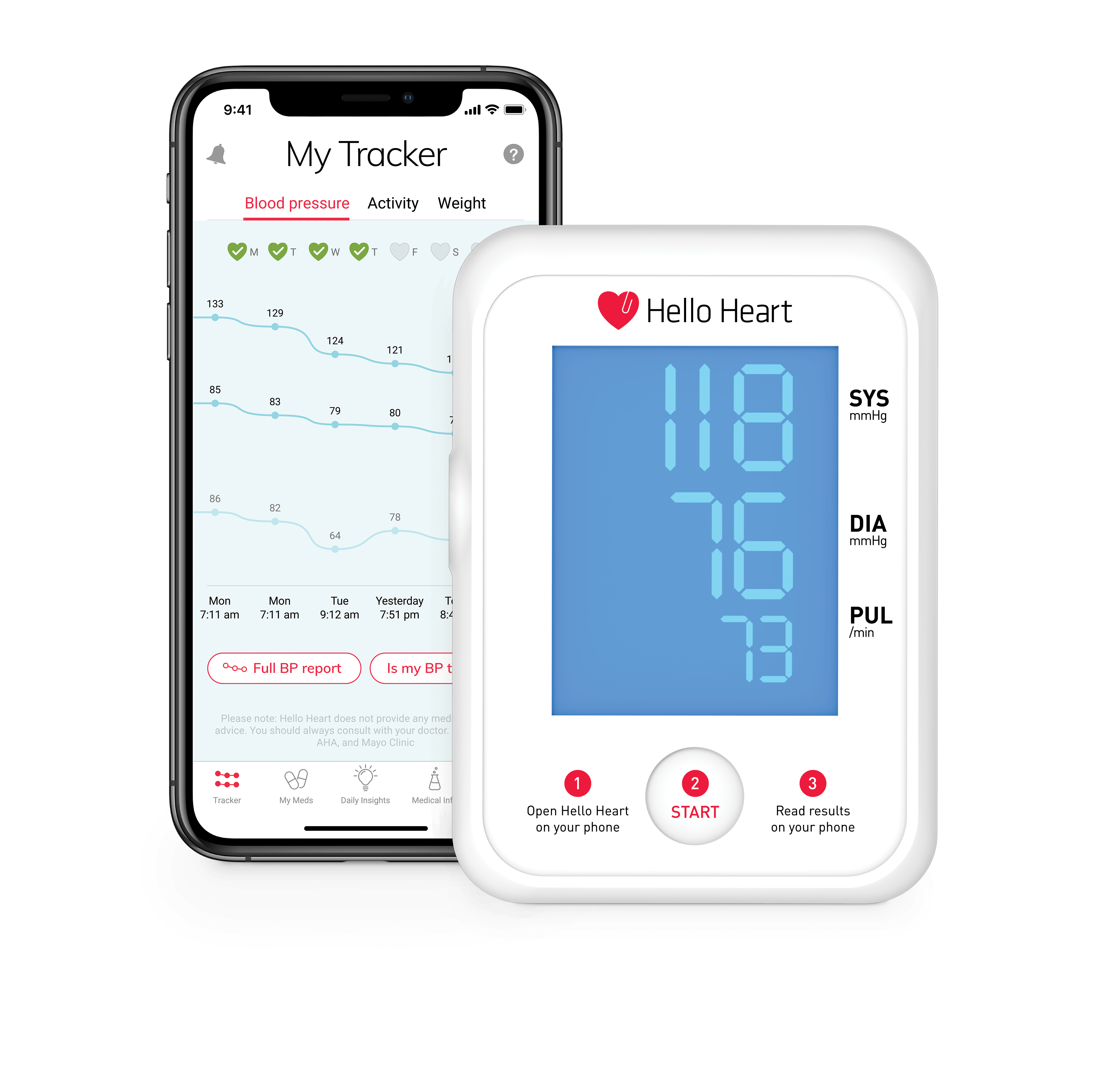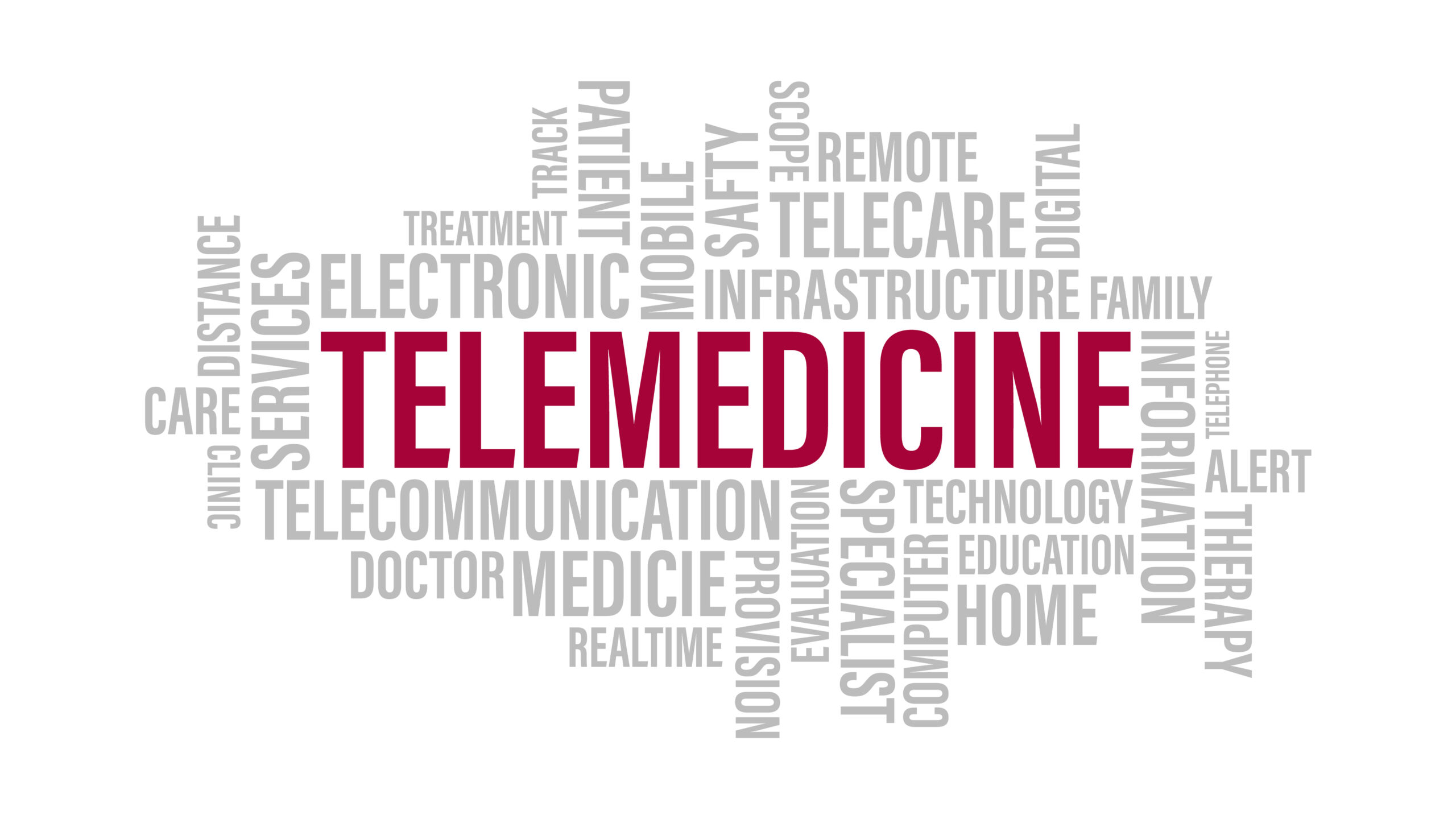
A recent study evaluating whether or not the use of smartphone technology improves blood pressure regulation following myocardial infarction suggested no significant effects.
“Smart technology via smartphone-compatible devices might improve blood pressure (BP) regulation in patients after myocardial infarction,” they wrote in their abstract, noting also that the objective of the study was “to investigate whether smart technology in clinical practice can improve BP regulation and to evaluate the feasibility of such an intervention.”
The patient population consisted of 200 patients in a single center at Leiden University Medical Center. Patients had ST-segment elevation myocardial infarction (STEMI) or non-ST-segment acute coronary syndrome. Patients were randomized 1:1 to either using smart technology or usual care during follow-up. Usual care consisted of four physical clinical outpatient visits in the year following the event, while the intervention group was given four smartphone-compatible devices (weight scale, blood pressure monitor, heart rhythm monitor, and step counter), plus two of the four physical outpatient visits being replaced with electronic visits. The primary outcome of interest was blood pressure control, with secondary outcomes of patient satisfaction (assessed by questionnaire), measurement adherence, all-cause mortality, and hospitalizations for nonfatal adverse cardiac events.
According to the results, after one year, 79% of patients in the intervention group had controlled blood pressure compared with 76% in the usual care group (not statistically significant). Reported satisfaction with both regimens was the same between groups, as was all-cause mortality (2% in both groups). A total of 32% of patients sent data in each week of the study. Patients in the intervention group only reported 90.3% satisfaction with the smartphone technology intervention.
“Follow-up using smart technology for patients with acute myocardial infarction did not yield different percentages of regulated BP compared with patients who received standard care,” the authors wrote in their conclusion. “This trial shows that smart technology and e-visits are feasible to implement in the follow-up of low-risk patients after acute myocardial infarction. Future research should corroborate these findings and should be performed to further define subgroups most likely to benefit from smartphone technology and to customize the smart technology intervention to an individual patient’s specific needs.”
The study was published in JAMA Network Open.
RCT finds smart technology and e-visits are feasible to use in the follow-up of post myocardial infarction patients. #VisualAbstract https://t.co/W6IqJxJtJf
— JAMA Network Open (@JAMANetworkOpen) April 16, 2020
Telehealth visits help in follow-up patients BP after myocardial infarction
More important in times of COVID-19 https://t.co/FCGVJOA8GG
— Toño Viana (@DrAntonioViana) April 16, 2020
Study: #Smartphone-enabled #bloodpressure monitoring comparable to regular care after #heartattack https://t.co/7kougk8CCE #mHealth #mobilehealth #mobilehealthcare #bloodpressuremonitoring #hypertension #bloodpressure #BloodPressureMonitors #BP #BloodPressureDevices
— Greg Slabodkin (@Slabodkin) April 16, 2020
http://twitter.com/christiaanrees1/statuses/1251235098449580034






 © 2025 Mashup Media, LLC, a Formedics Property. All Rights Reserved.
© 2025 Mashup Media, LLC, a Formedics Property. All Rights Reserved.